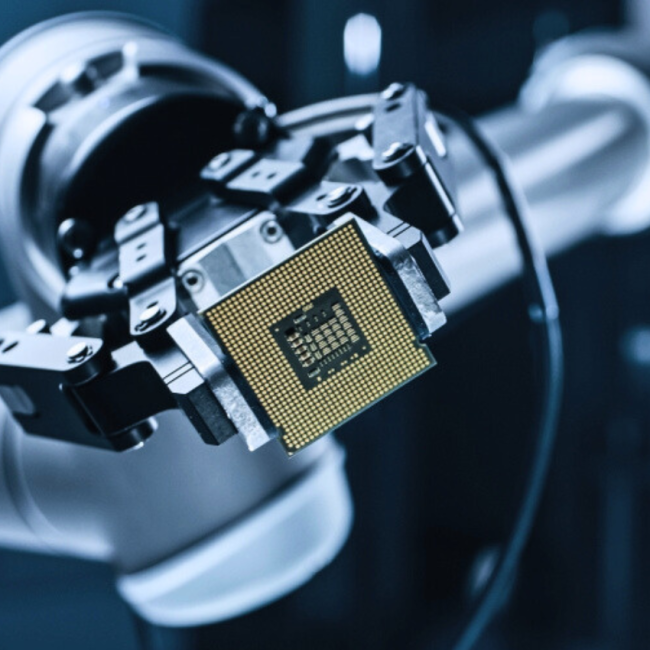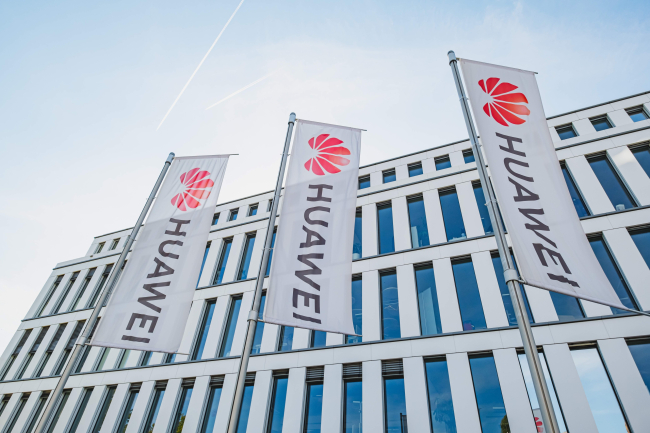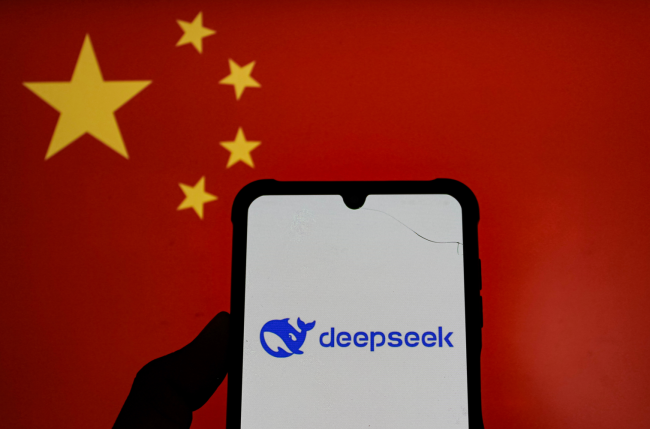The Technology Policies of Digital Middle Powers
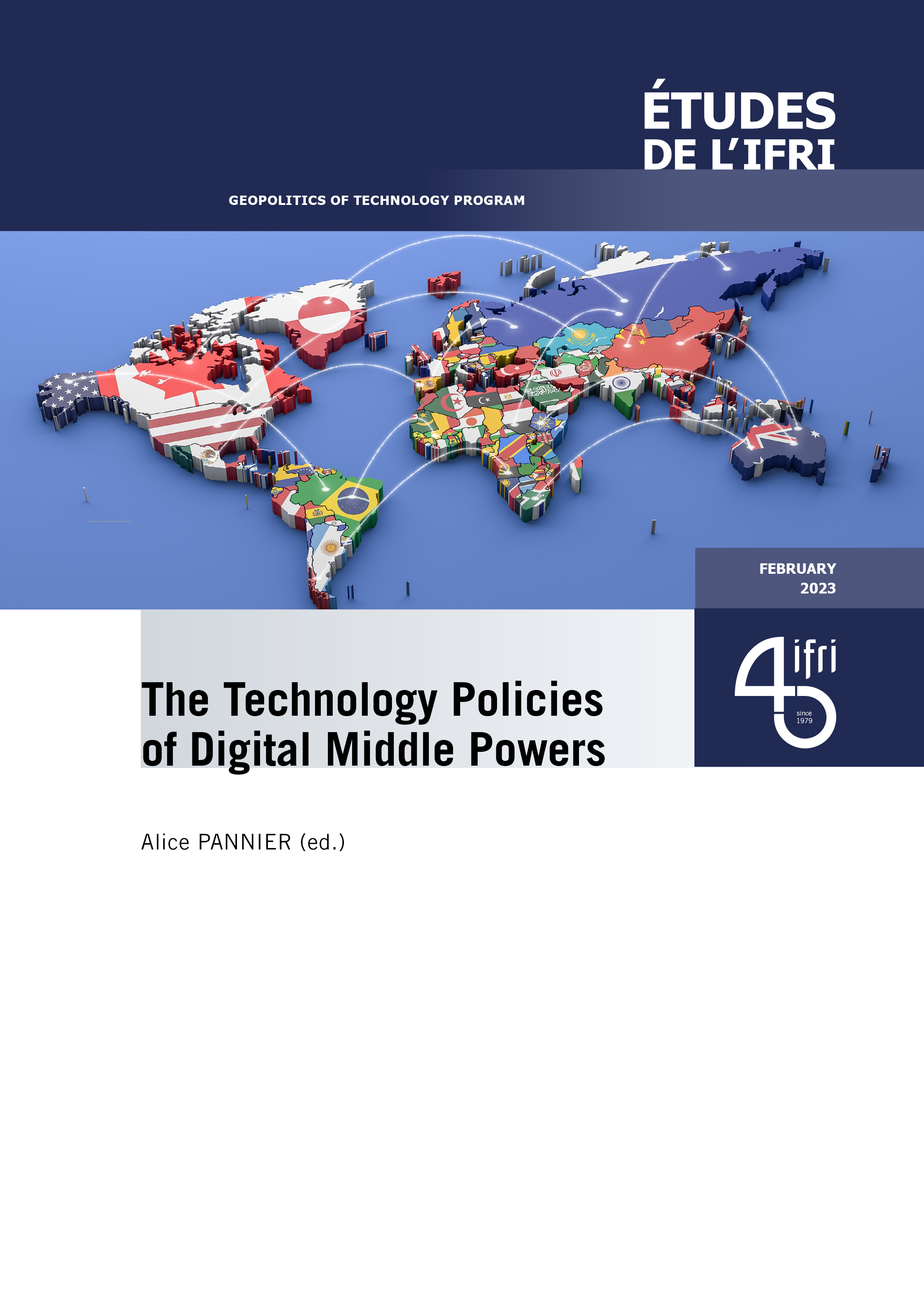
Digital technology is an element of power in the international system as well as an area for competition among countries. The study provides a qualitative comparison of the technology policies of nine of the digital middle powers: Brazil, India, Israel, Japan, Kenya, Nigeria, Russia, South Korea, and the United Kingdom. It seeks to reflect the diversity of national technology policies, as well as to identify those countries’ convergences and divergences with Europe, the United States and China.
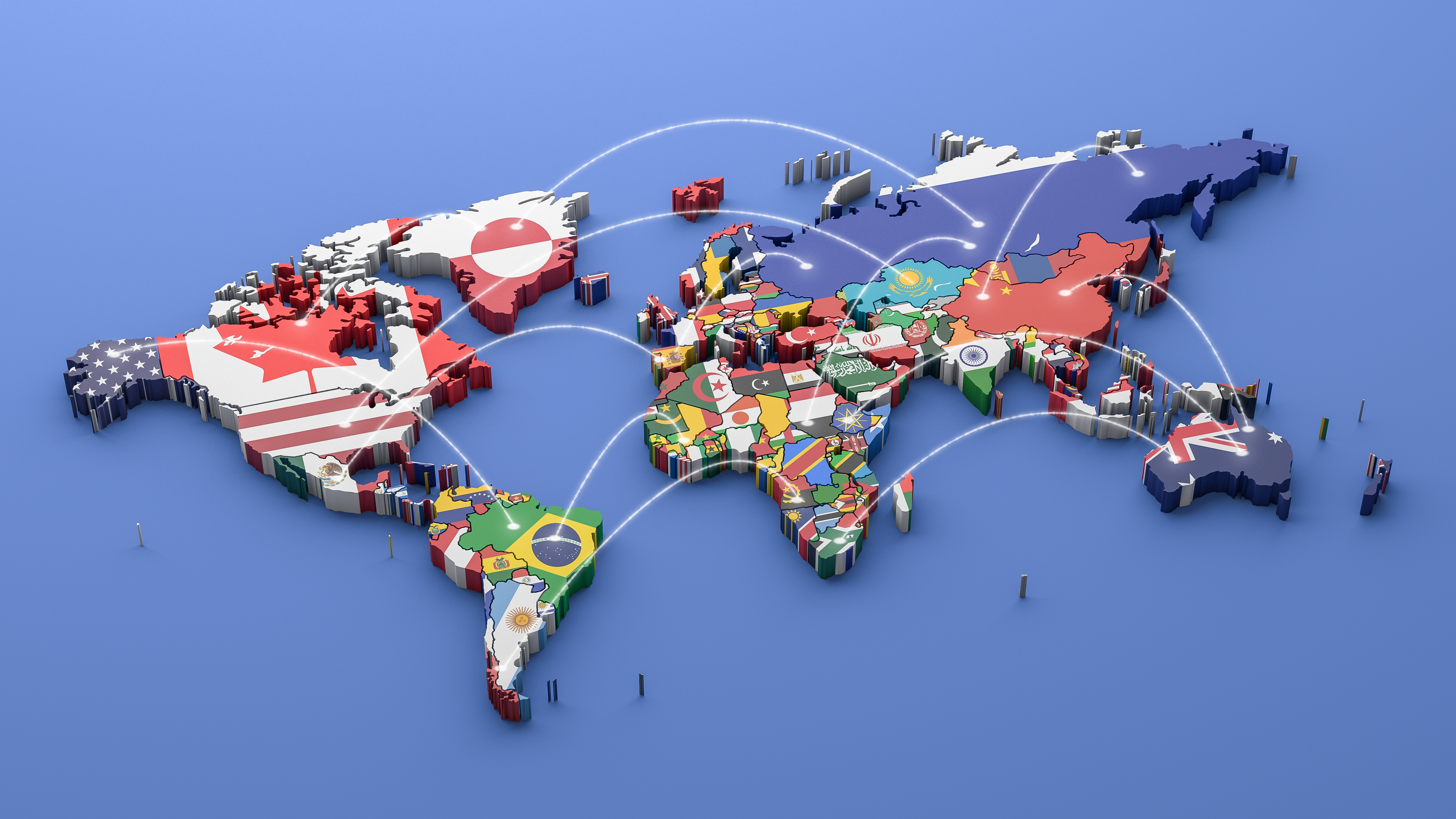
Considering the economic weight and political voluntarism of the U.S., China, and the EU, those three poles of power have received a lot of attention when it comes to their technology policies. This study aims to shift our gaze towards countries outside of the trio. Digital middle powers are those countries which are caught in the middle of the power play in an emerging multipolar international system where digital technology is a determining factor of power. It also refers to countries with established or growing clout in digital technology, and which are regional leaders or global ones in certain sectors.
Each case study introduces national technology and digital innovation ecosystems, data policies, and the state of digital infrastructure. These elements serve to examine the strengths of the country’s private sector in technology, the government’s regulatory capacity, and the degree of digital development. The chapters then look at how the digital domain is embedded in the broader dynamics of their bilateral relations with the U.S., the EU and China.
A first conclusion is that digital middle powers can usefully be differentiated between rising digital powers and established ones. Established digital powers have well-developed ecosystems, regulations and infrastructure, but they are all having to renew and re-focus their technology policies to remain relevant. By contrast, rising digital powers tend to have budding ecosystems in digital services and mobile applications, and large ongoing infrastructure development projects, albeit with limited or patchy regulatory capacity.
When it comes to foreign relations, the study confirms well-identified trends whereby the EU’s influence occurs chiefly through the elaboration of norms; the U.S.’s via the strength of its digital services and private sector investment, as well as strong bilateral security ties; while China’s growing influence is underpinned by large infrastructure projects. All the countries studied are attempting to balance their relations with U.S., China, and the EU. None, save for Russia, has outrightly “picked a side” and severed ties with one or two of the blocs.
Watch the video of the launch webinar: Digital Middle Powers: What Strategies in the Global Tech Competition?

Available in:
Regions and themes
ISBN / ISSN
Share
Download the full analysis
This page contains only a summary of our work. If you would like to have access to all the information from our research on the subject, you can download the full version in PDF format.
The Technology Policies of Digital Middle Powers
Related centers and programs
Discover our other research centers and programsFind out more
Discover all our analysesThe Sustainability of Space Operations: An Opportunity for European Leadership?
As space becomes a key arena for power projection strategies, while facing growth and diversification of orbital activities, the concept of “space sustainability” is emerging as a new framework of analysis for space governance.
The “Huawei Saga” in Europe Revisited: German Lessons for the Rollout of 6G
While the European Union attempted to coordinate a collective response through its 5G Toolbox in Europe’s 5G infrastructure, member states diverged significantly in balancing political, economic, and technological considerations. Germany, despite its economic ties to China and status as Europe’s largest telecom market, only reached a tentative agreement in July 2024—one that appears largely symbolic.
European Startups and Generative AI: Overcoming Big Tech Dominance
Europe is at a crossroads. Faced with the domination of American Big Tech across the entire generative Artificial Intelligence (AI) value chain, from foundation models to cloud infrastructure, distribution channels, and open source, it risks long-term technological and economic decline. Yet generative AI also represents a major opportunity for economic transformation, with a potential value estimated at 1.5 times France’s gross domestic product (GDP). To turn it into a driver of renewal, Europe must move beyond the illusion of total technological independence and instead build an ecosystem that leverages Big Tech resources while strengthening its own innovation capabilities.
A "DeepSeek Moment"?
DeepSeek, hailed as a champion of Chinese AI, represents less a revolution than a significant optimization of existing technologies. Doubts remain regarding the figures put forward by the start-up, inviting a more measured response to the media hype surrounding China’s technological catch-up. Nonetheless, DeepSeek signals the need to question an economic model based solely on the race for computational power. By betting on open innovation, Europe can carve out its own path in a competition that is far from being a zero-sum game.





